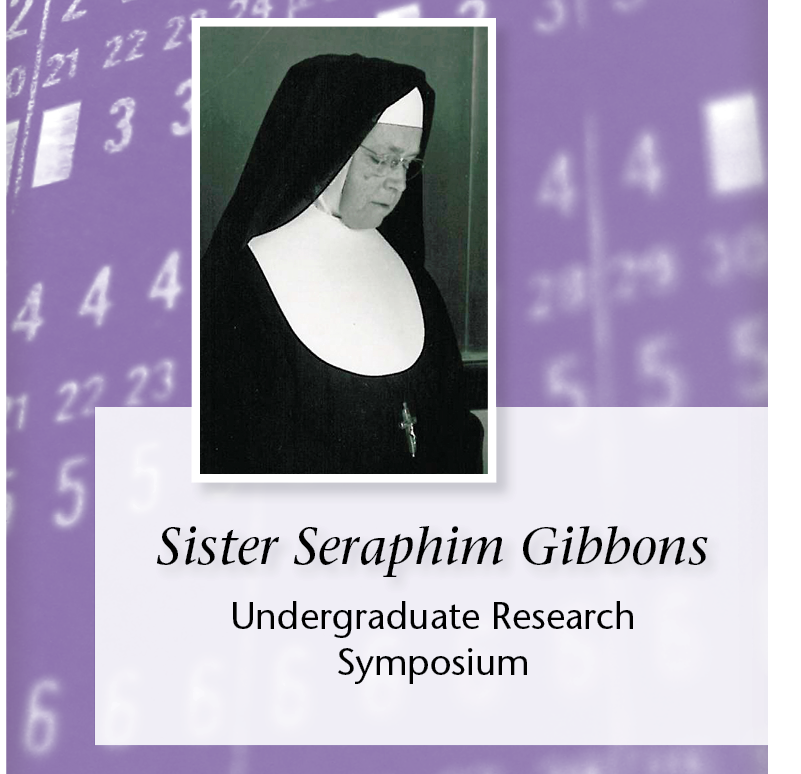Graph Theory and Conservation
Faculty Advisor
Dr. Christopher Ross
Department
Mathematics
Graph Theory and Conservation
Graph theory is a mathematical discipline that focuses on nodes, also known as vertices or points, and the edges that connect the nodes to each other. Types of graphs are defined by the arrangement of the nodes and the edges. Graph theory can be used in analysis for conservation efforts; certain types of graphs are more resilient when nodes are removed, meaning that removal of a node from one type of graph may have a larger impact on the graph's connectivity than removal of one node from a different type of graph. We begin by discussing how different authors have used graph theory in their conservation efforts. We then focus on the Scottish Wildcat, which is a small mammal native to the forests of Europe. We input a map of forests of Scotland and the median distance that the wildcat will travel into computer programs. The programs then create a network of nodes that represent the different forest patches, with edges between them if and only if the patches are within the median traveling distance of the wildcat. Lastly, the graph is analyzed by finding which forest nodes are most important to the survival of wildcats; this shows which forest patches should be conserved by viewing the effect on other habitats as habitats are slowly destroyed from a lack of conservation.
